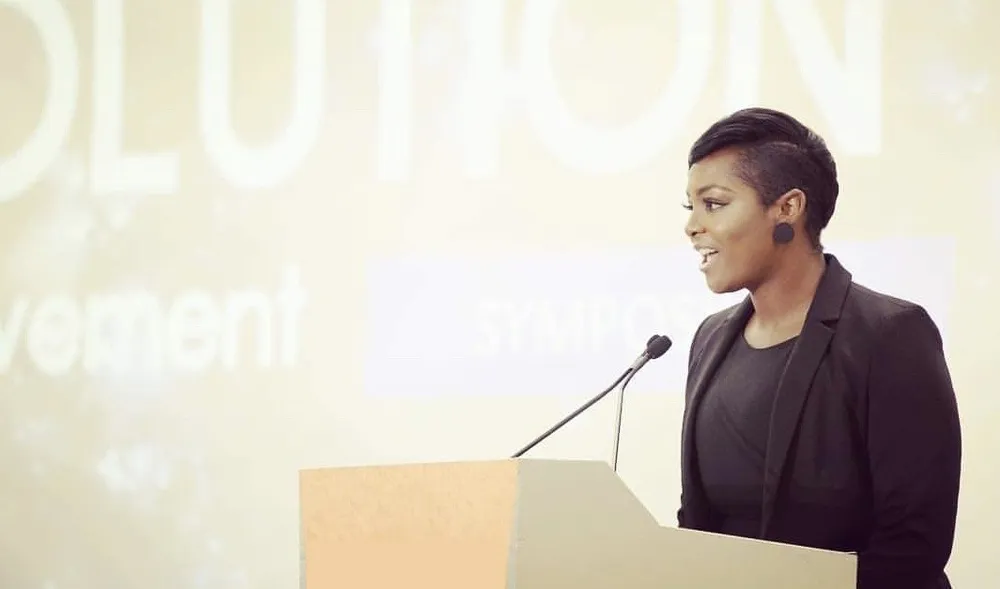Cellcontrol says it has adapted its technology to Class A (SAE J1939), an industry standard that will allow its Cellcontrol system to operate within a variety of fleet vehicles, including commercial vehicles, big rigs, school buses, heavy equipment and other Class A vehicles. Utilising the vehicle's onboard computer, Cellcontrol determines when the vehicle is moving at any speed and, based on a company's distracted driving policy, instantly blocks the use of a driver's cell phone, laptop computer or other m
February 6, 2012
Read time: 2 mins
Mobile phone functions that Cellcontrol can prevent include phone, text, email, Web, push-to-talk and other distracting features. Calling 911 is always allowed as well as incoming texts, emails and calls, which are received but cannot be accessed or responded to while the vehicle is moving. In addition to those features, Cellcontrol will also report idle time, mileage and speed capturing for fleet managers who want to ensure their drivers are following correct company policies and procedures when it comes to the operation of their company vehicle.
Additionally, Cellcontrol enables users to white-list certain numbers to be allowed through the system. For example, a fleet manager can have only calls from his or her company go through to drivers' phones. Users also have the freedom to customise which mobile features they want to prevent. For example, a fleet manager in Austin, Texas, may choose to block only texts and emails (since that is currently Austin city law) but still allow phone calls. Additionally, the technology allows for one phone to be paired with many vehicles.











